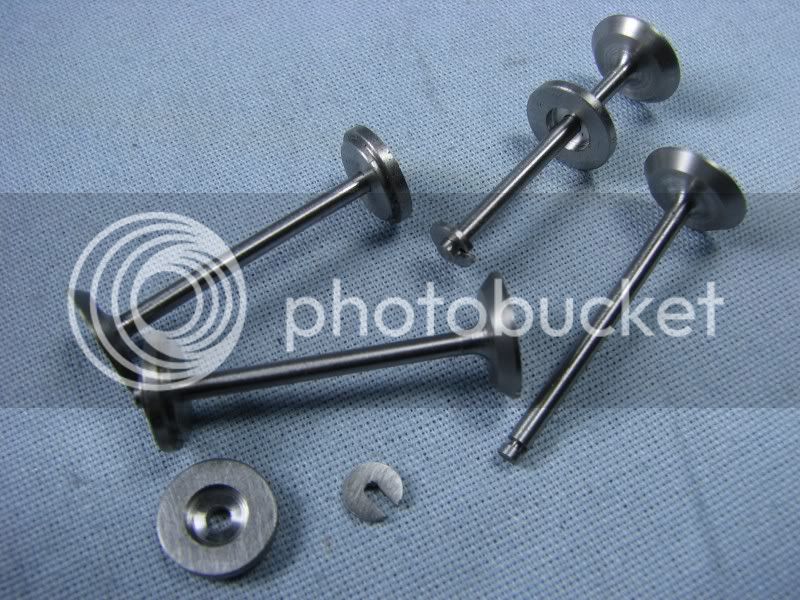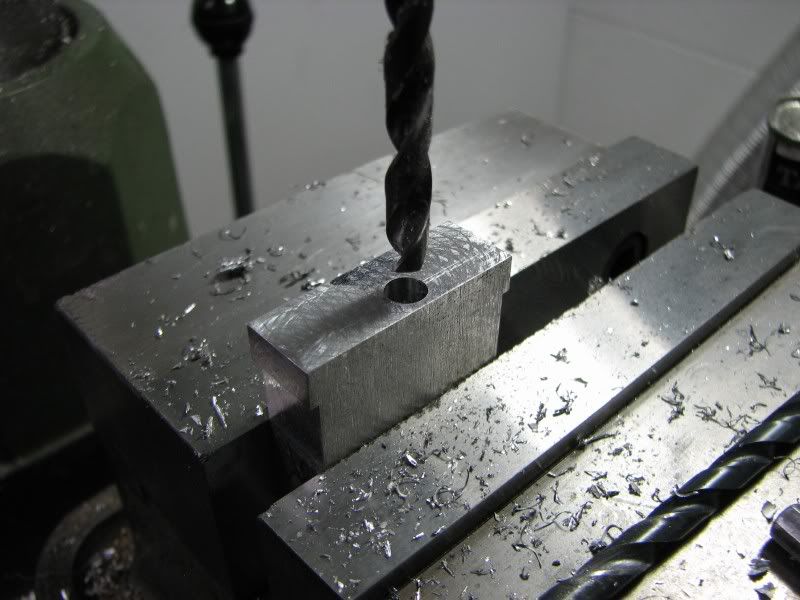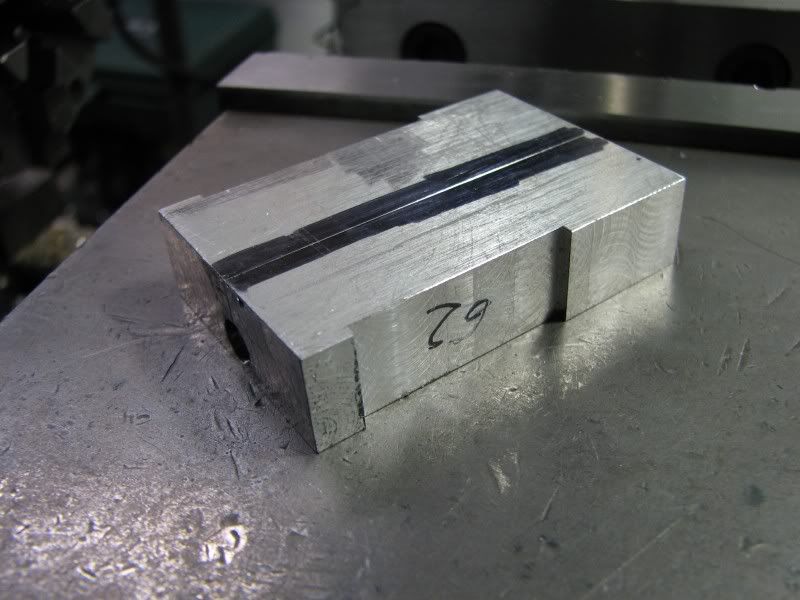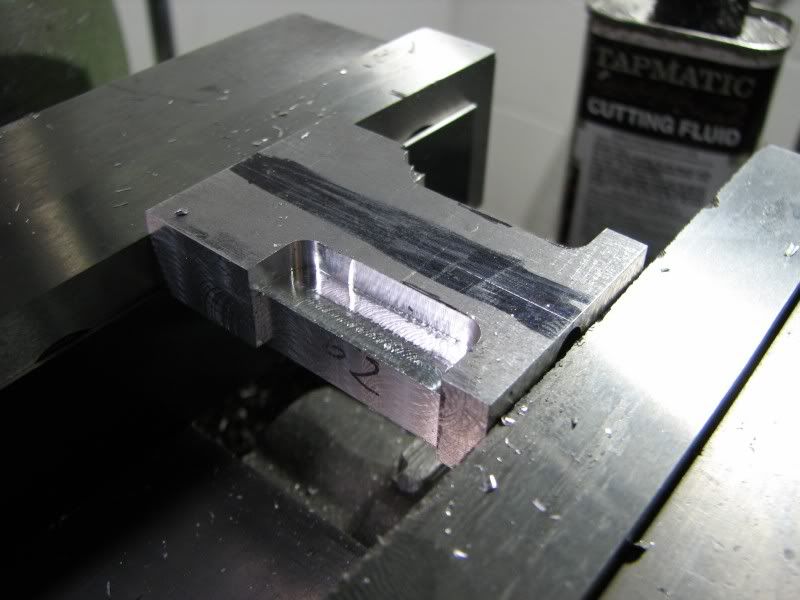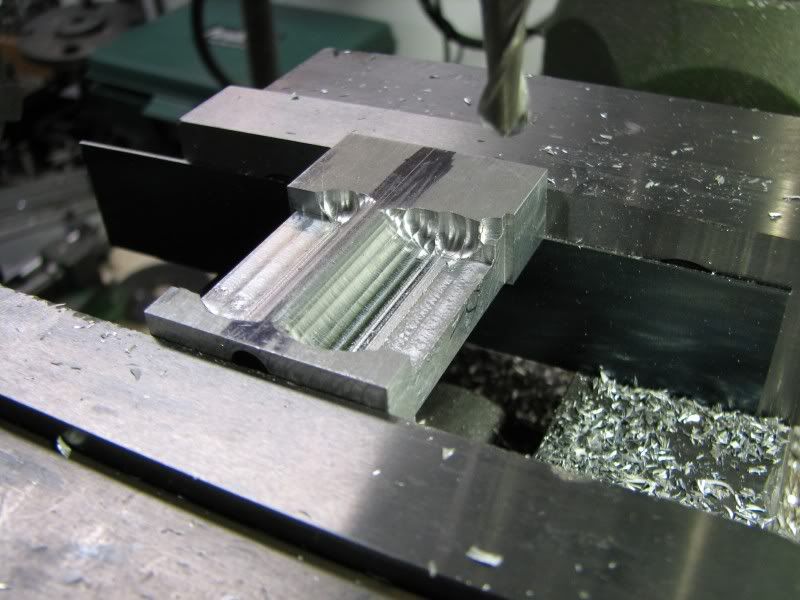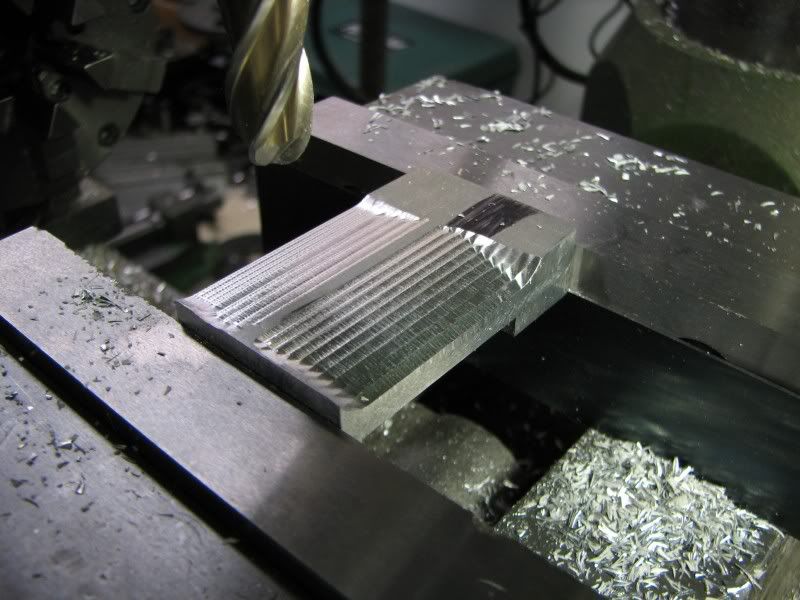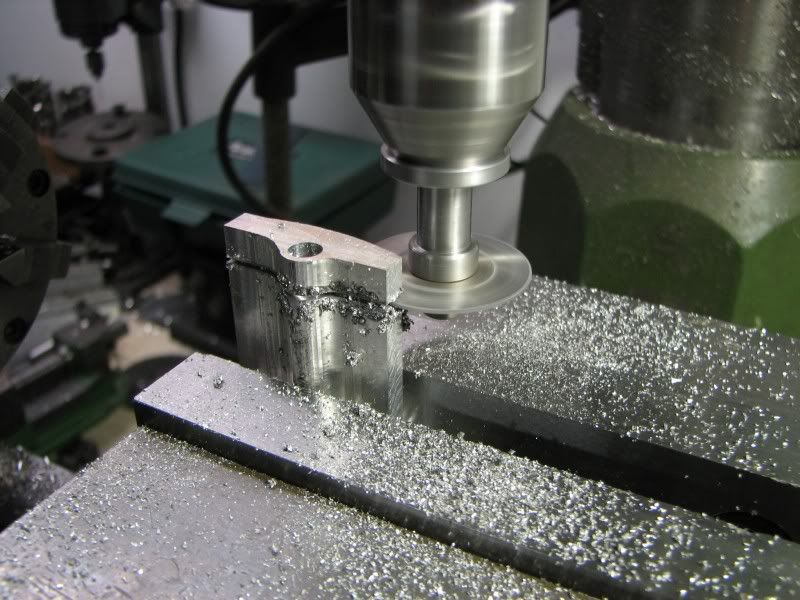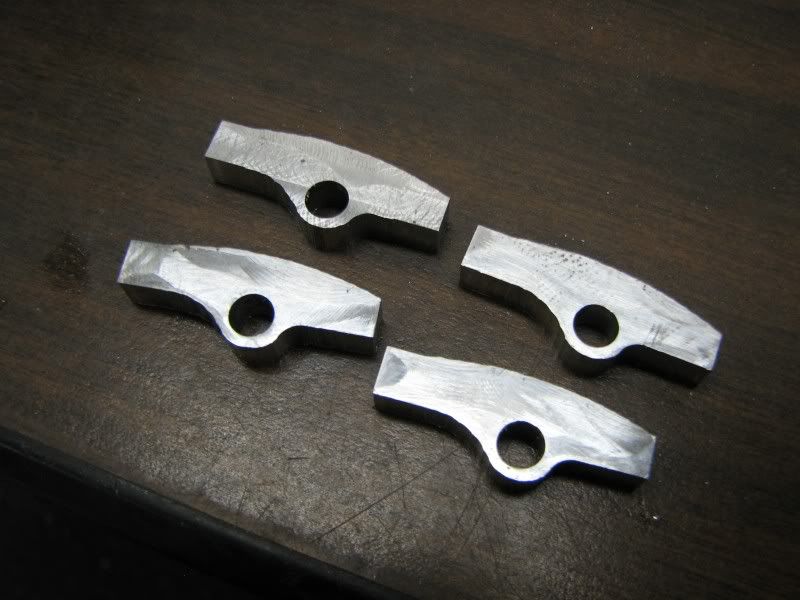George;
I've never cut gears so pardon the question; when cutting gears in this manner and with this size/material, how much would you cantilever the stock out of the chuck before you start encountering poorly cut gears (taking a single full depth cut)?
It's a backhanded way of asking if you could cut a "length" of gear stock in this way or would you soon need to use some sort of tailstock support? If I were to do this I'd just as soon generate a bar of gear stock - just cut gears to length from it as required.
Thanks
Garry
I've never cut gears so pardon the question; when cutting gears in this manner and with this size/material, how much would you cantilever the stock out of the chuck before you start encountering poorly cut gears (taking a single full depth cut)?
It's a backhanded way of asking if you could cut a "length" of gear stock in this way or would you soon need to use some sort of tailstock support? If I were to do this I'd just as soon generate a bar of gear stock - just cut gears to length from it as required.
Thanks
Garry






![MeshMagic 3D Free 3D Modeling Software [Download]](https://m.media-amazon.com/images/I/B1U+p8ewjGS._SL500_.png)



















































![DreamPlan Home Design and Landscaping Software Free for Windows [PC Download]](https://m.media-amazon.com/images/I/51kvZH2dVLL._SL500_.jpg)


